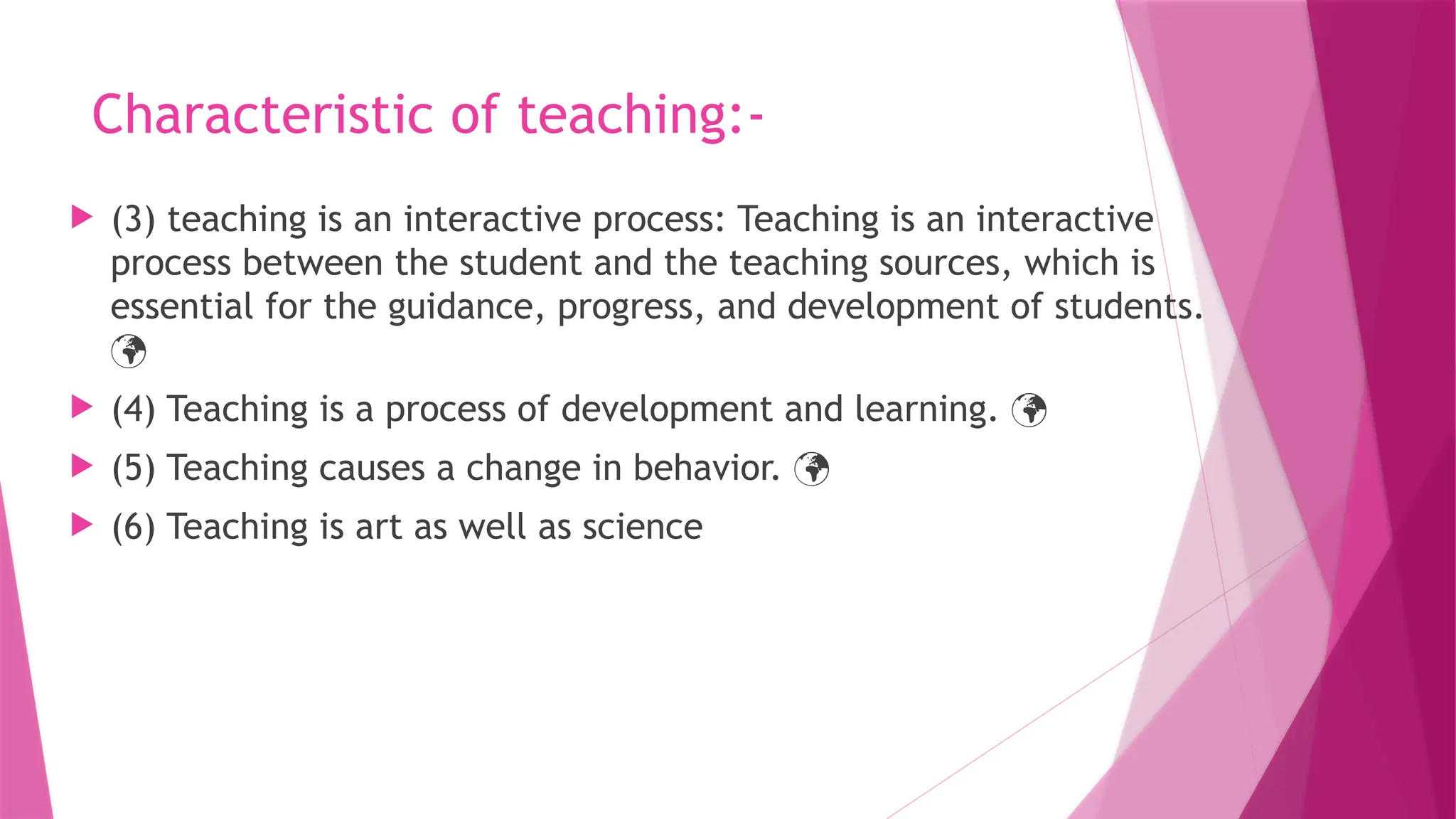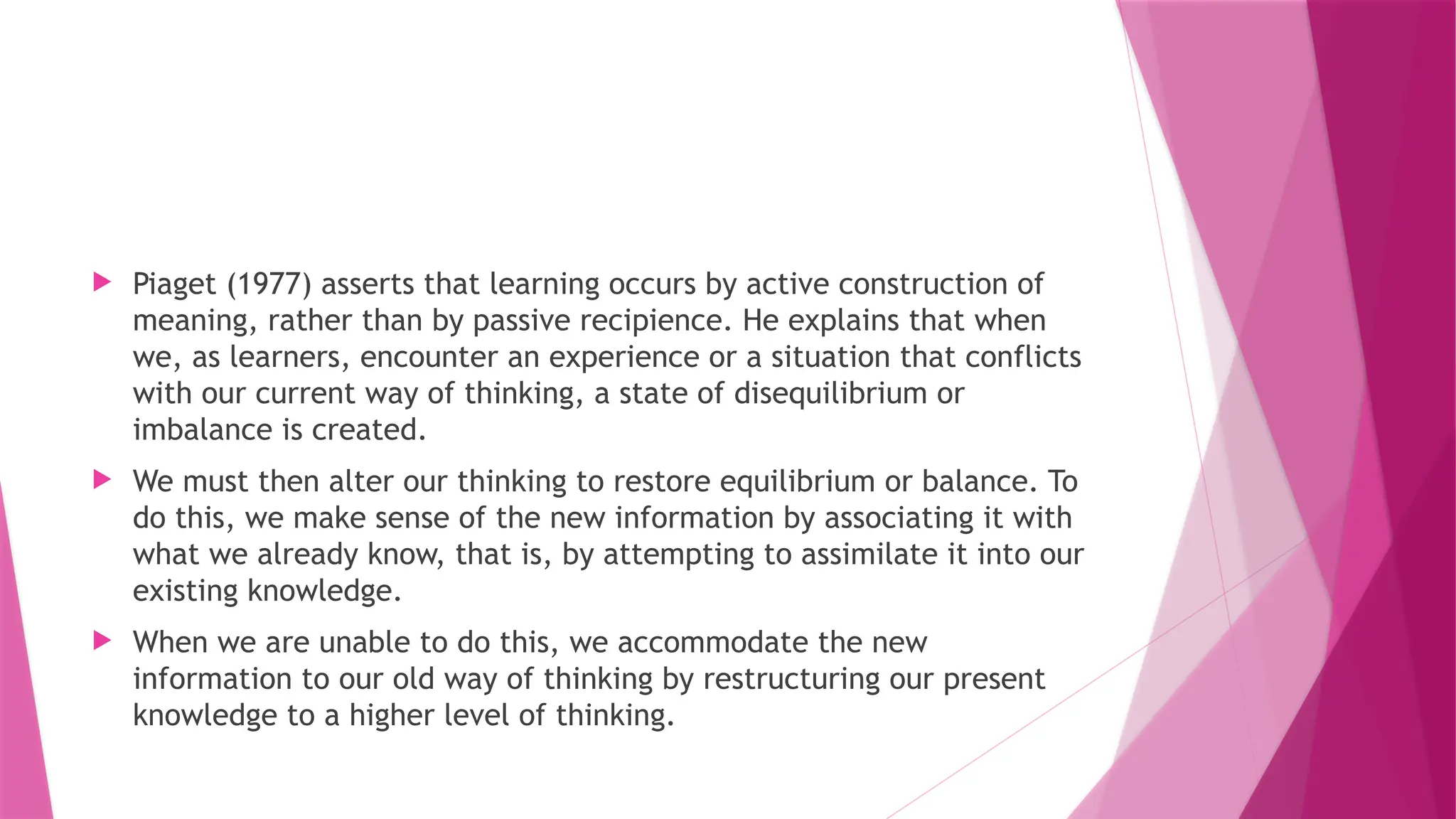Constructivism is an educational theory positing that individuals construct their own understanding and knowledge through their experiences and reflections. Instead of passively receiving information, learners actively build meaning by integrating new information with their existing knowledge, making the learning process active and personalized.




























